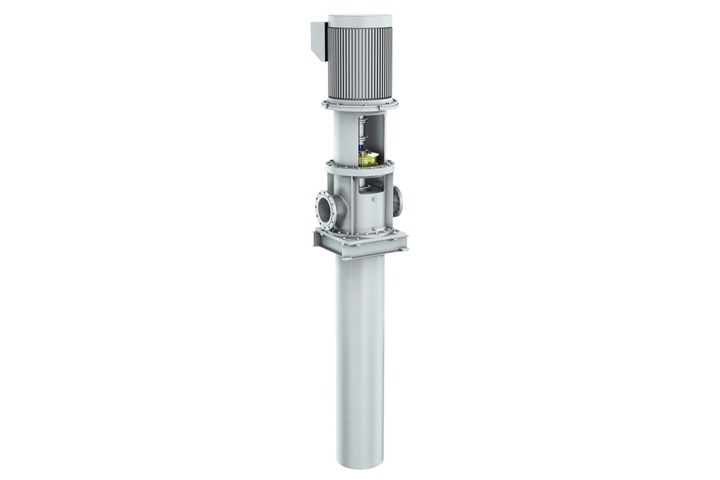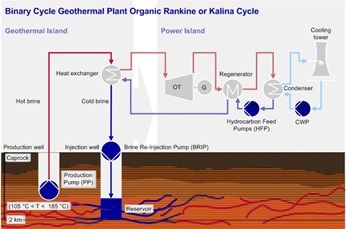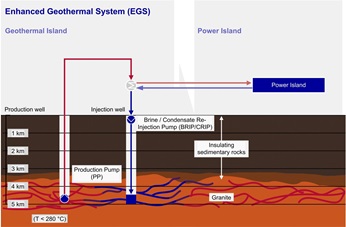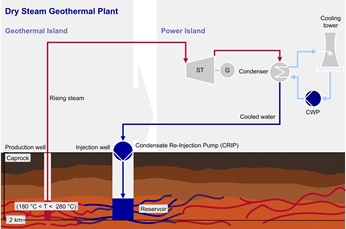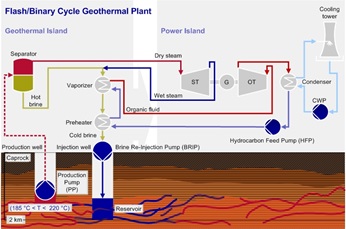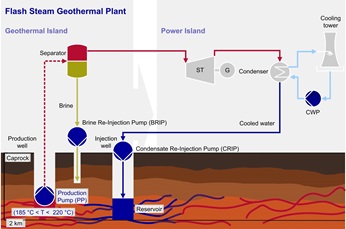Products
-
SJD-API vertically suspended process pumpThe SJD-API are API 610 Type VS6/VS7 pumps whose design has evolved from many years of experience. They utilize Sulzer's low Net Positive Suction Head (NPSH) 1st stage, followed by unique high head per stage series hydraulics, to minimize the number of stages required.
